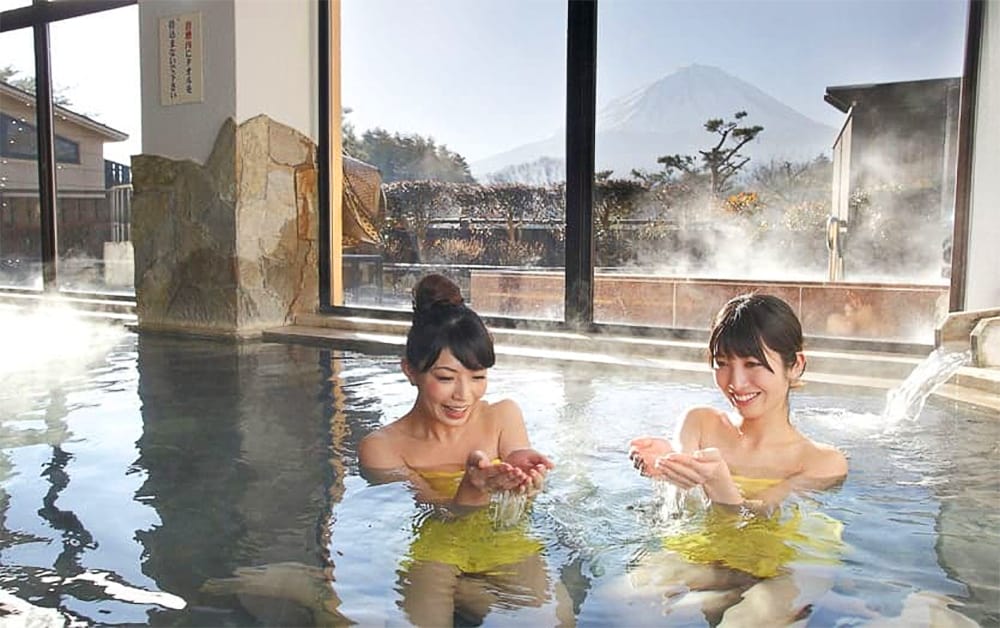
9. Hot Spring Baths
Natural hot springs, also known as onsen, are hugely popular in Japan and can be found in every region. There are various types of hot springs, distinguishable by the minerals dissolved in the water, with each mineral providing a different health benefit. Hot springs are believed to have a relaxing effect on the body and the mind. They can be outdoors or indoors, mixed gender or separate. Hot springs may be publicly accessible or belong to a ryokan, which is a Japanese-style hotel. Balneology is the study of the science behind the therapeutic effects of naturally occurring hot springs. It is a popular choice for routine medical care in Japan and Europe. Indigenous tribes of North America believe hot springs are ‘power spots’ in nature. They’ve used them for healing, purification ceremonies, sacred gatherings and tribal meetings for hundreds of years.

Soaking in hot springs is known as balneotherapy and it is a practice that has many health benefits. It can relieve stress, pain, skin issues, and much more. Bathing in the water of hot springs can boost circulation, as your skin soaks up minerals such as calcium, magnesium, niacin and sodium bicarbonate. This can increase blood circulation and oxygen flow to the muscles, like when you exercise. This is beneficial in keeping your heart and other vital organs healthy and strong. Balneotherapy can reduce stress and promote sleep. The heat relaxes tense muscles, easing any pain felt, and raises the temperature of the body, which can improve sleep and relieve insomnia. The mineral-rich water can also naturally relieve certain skin issues like dryness, eczema, and psoriasis. Hot springs are thought to be safe for most people, but if you’re pregnant, elderly or suffer from cardiovascular issues, it’s best to consult your doctor beforehand to ensure it’s safe.
